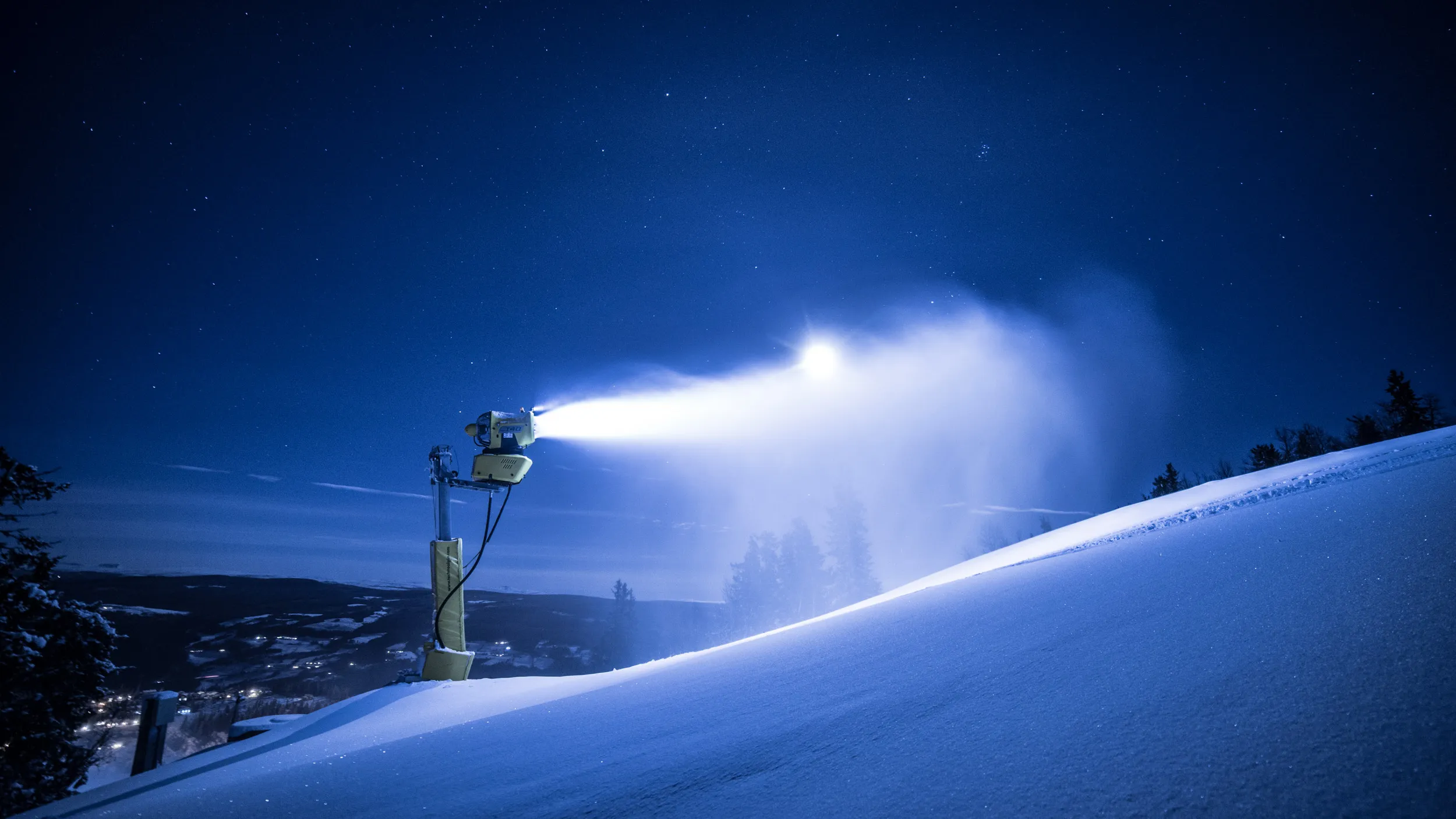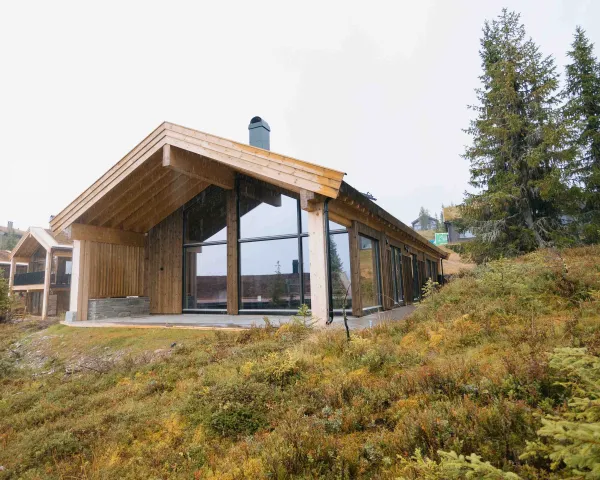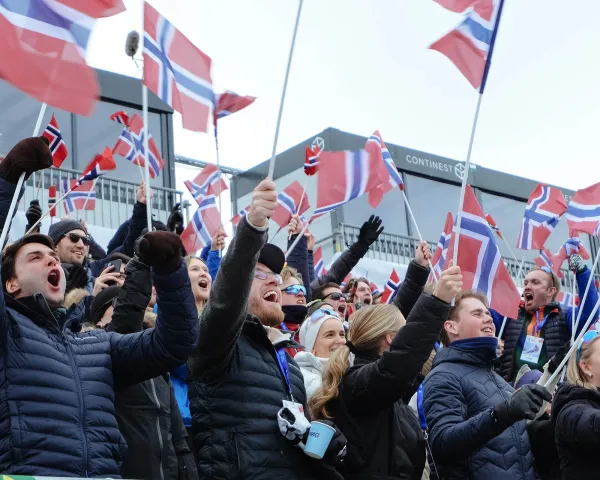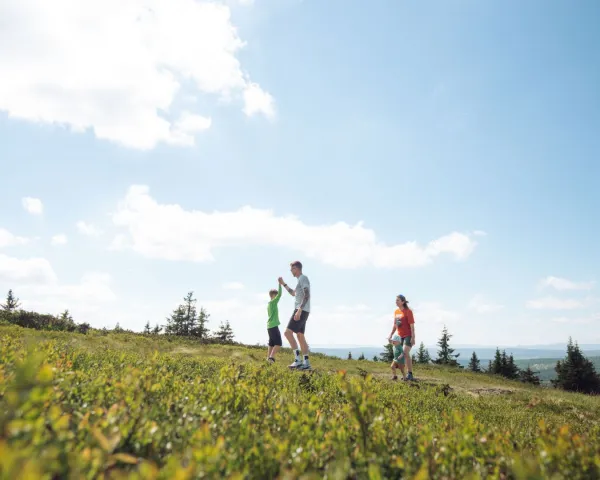How we make snow
KVITFJELL, The main ingredients for producing snow are compressed air and water with high pressure in large quantities.
In Kvitfjell, two types of snow cannons are used, common to both types of cannons is that water under high pressure is forced through a number of nozzles that atomize the water. In some of the nozzles, the water is mixed with compressed air to start the freezing process.
For there to be snow, we need an effective temperature that is below -2.5. The higher the humidity, the more cold is needed to be able to produce.

Lance cannon of type V3. This type of cannon is used in most of the trails on the west side and in Varden. On these cannons there is water – and the air pressure that throws the water droplets / snow crystals into the ground. The gun has less capacity and range than a fan gun, so the distance between each gun is short. You need about three lance cannons to produce the same amount of snow as a large fan cannon.
Optimal conditions
Optimal conditions for snow production are -10 degrees, and clear weather that often results in dry air.
The amount of snow depends on temperature, so even if the snow cannons are running at full speed in the mountains, the number of cubic meters of snow will vary greatly depending on how many effective degrees of cold we have.
The largest fan cannons can produce up to 100 m3 of snow per hour under optimal conditions. At marginal temperature conditions, the same cannon will be able to produce down to 5-10 m3 per hour.
In most of the main routes in Kvitfjell, the snow cannons are permanently mounted along the sides of the trails. These guns have a central control system and can produce snow "automatically" when temperature conditions allow. This makes snowmaking more efficient, and we get a more even snow quality even if the temperature varies during the day. In recent years, large parts of the West Side and the upper part of the plant down towards Gudbrandsgard have been significantly upgraded with a new automatic system. The snow facility in Varden is the latest addition, where the main slope is 100% covered by automatic lance cannons.
About 85% of all routes in Kvitfjell are covered with snow production.

Fan cannon that we have several of in Kvitfjell. At the rear of the cannon there is a large fan that causes the water droplets from the nozzles at the front of the cannon to be blown 20-40 meters into the ground. The time the water droplets, and eventually the snow crystals, are in the air is crucial for how much can be produced.
Water capacity
The main source of water for snow production is Svinåa, a river located 300 meters below Skitorget on the west side. Since this river comes from the mountains, the water quickly gets cold in the autumn. This is ideal for snow production. Water from Gudbrandsdalslågen is also used for snow production, mainly for the lower part of the Downhill Trail, and parts of the National Construction Trail.
When the snow system is running at full speed in Kvitfjell, we can produce up to 20 cubic meters of snow per minute.
Some wonder why not all the cannons go off when it's cold.
The reason for this is that the consumption of water per gun then becomes so high that we do not have enough water from the pumping stations to run more than about 50% of the guns in the mountains. In order to be able to open slopes and areas in the autumn, we must prioritize available water so that we ensure the opening of the facility continuously according to the facility's plan for snow production and preparation.
Kvitfjell is here among the first facilities to open in the autumn. We then prioritize much of the capacity for snow production in the area at Familiebakken in order to be able to open as early as possible.
To get a good ski offer for all guests throughout the mountain, priority is given to opening to the top on both sides of the mountain with the main trails Vestsideløypa and Karirenna. In addition, available capacity is used in Vesleseterløypa in Varden so that we also ensure early opening here. The weather, and the freezing temperatures, of course determine when we open the different slopes, but normally the opening of the mentioned main slopes in all three mountainsides will take place in the latter half of November.
Production is then extended to the rest of the trail network. Normally, we also get good help from the natural snow when we get to the turn of the month November – December.
All main slopes, children's areas and terrain park are ready for Christmas in normal weather conditions.
We open the downhill trail down to the valley station every year at Christmas.
Further development of snow production
Significant resources have been put into optimizing and automating the current snow system in Kvitfjell, which ensures good snow conditions and early opening of the facility. Several million kroner are invested annually in snow production equipment, and in technical infrastructure. For the 23/24 season, we have invested in a new snow production facility at the top of the Panorama trail.
In the long term, it is desirable to develop a water basin in the upper part of the facility. If there is sufficient capacity in this basin, snow production can almost double during periods of cold weather in autumn.
The water basin can be filled with water from natural water sources throughout the fall, and supplemented with water from the snowmaking facility when it is too mild to produce snow. This provides a great saving in energy consumption as we do not have to pump up all the water during cold periods when a lot of snow is produced in the facility.





